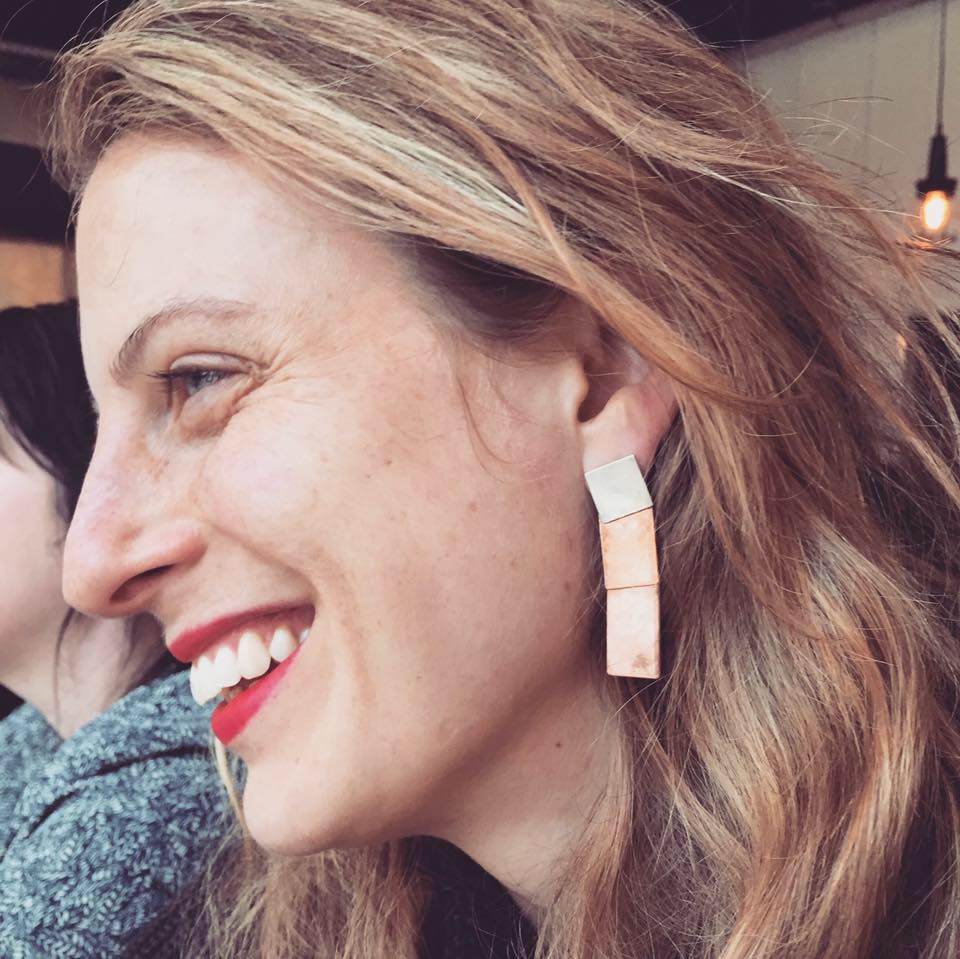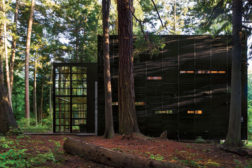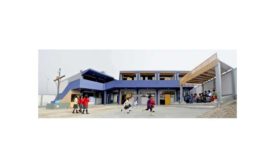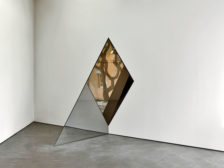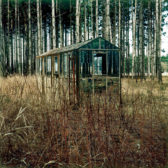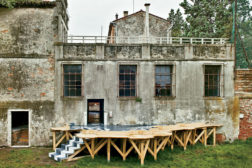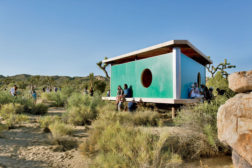Laura Raskin
Laura Raskin, a former RECORD editor, writes about architecture. She recently moved with her family from Brooklyn, New York, to the Green Mountains of Vermont.
ARTICLES
East Boston Branch Library
Narrative Arc: An open-plan, single-room branch library lends books and serves as a place for a young and diverse community to come together.
Read More
Studio Ma, Phoenix
A sustainability-focused firm draws from the desert environment for its economical, innovative designs.
Read More
Manzanita Hall at Arizona State University
Diamonds are Forever: A beloved '60s dormitory—once the tallest building in Arizona—was adapted to the needs of today's plugged-in students
Read More
Copyright ©2024. All Rights Reserved BNP Media.
Design, CMS, Hosting & Web Development :: ePublishing
